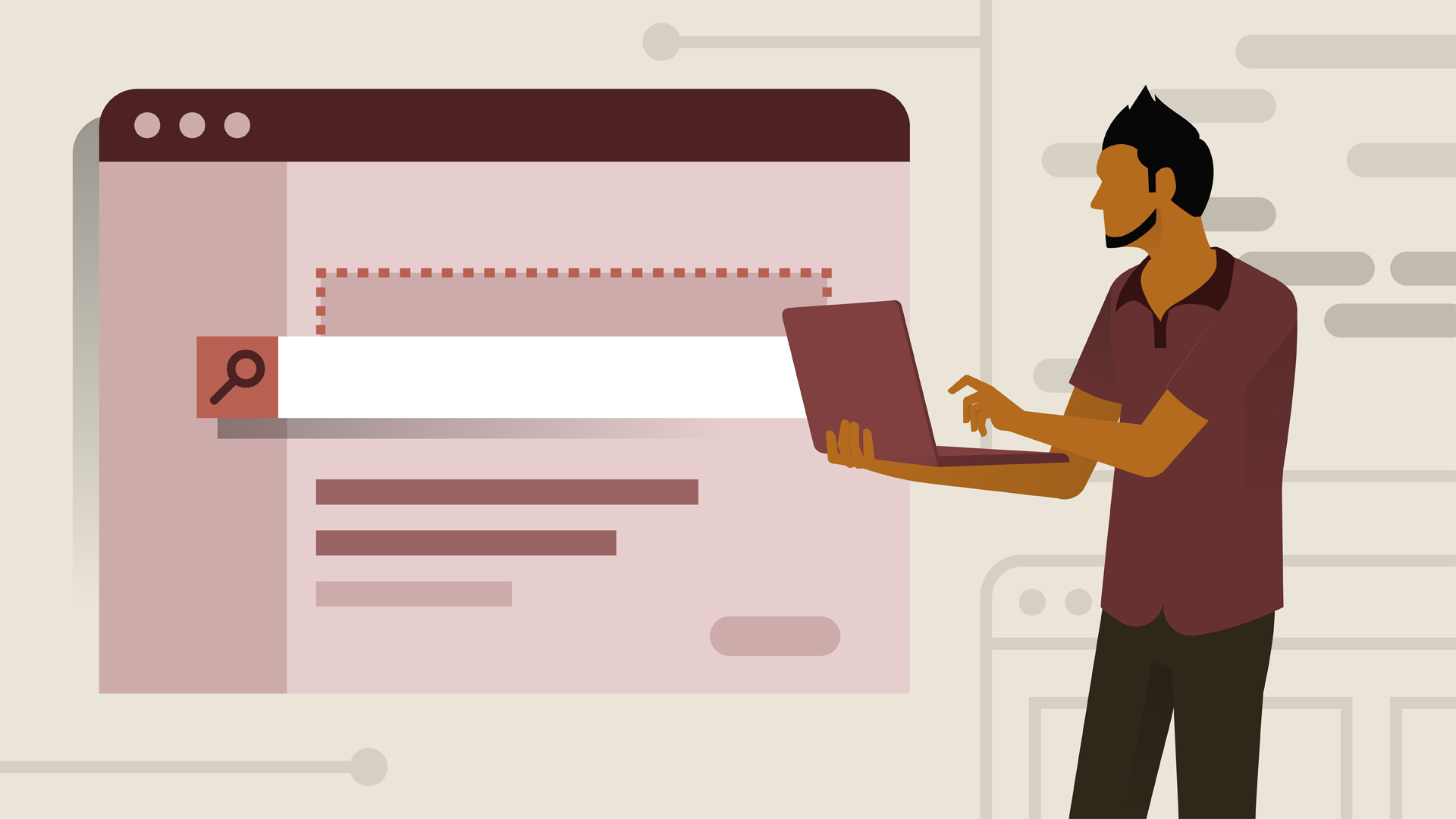Are you are a website owner and looking for ways to rank higher in Google search results pages? You might be struggling to implement all the efficient Search Engine Optimization tools into your website, or just simply be confused about where to start and what might work for your goals.
SEO is one of the most important features for your website. You should build a website to benefit your users, and optimization should be intended towards making the users experience better
Here is our Technical SEO Checklist that you should follow to make Google love your website and rank it better:
- Free reporting platforms

Connect site with Google Search Console, Google Tag Manager, and Google Analytics. These tools help you submit your content to Google and monitor how you are doing in Google Search.
2. XML sitemap
An XML sitemap helps the search engines understand the structure contents on your website and find the pages that your need indexing. By creating an XML sitemap file you can be sure that the search engines discover the new and updated pages on your site, listing all relevant URLs together with their primary content’s last modified dates.
3. Robots.txt
Robots file decides the correct indexing and hides what doesn’t need to be looked at by the search engines. If you come across non-sensitive information, block unwanted crawling by using robots.txt. Always allow Googlebot access to the JavaScript, CSS, and image files used by your website for optimal rendering and indexing. Create unique, accurate page titles, use the meta tag description to help Google use them as snippets for your pages.
4. Site architecture
Your website design will help you figure out certain aspects of the site that you can highlight and funnel the visibility of the site to its correct audience. Use meaningful headings and links to indicate important topics, and help create a hierarchical structure for your content, making it easier for users to navigate through your document.
5. Speed
Figure out ways to make your website faster than the previous loading time, by reducing JavaScript and other heavy loading codes as well as some reduction in the cache.
6. Mobile friendly
 Start by passing it through Google’s mobile-friendly test. In fact, provide full functionality on all devices. Make your website mobile ready with responsive web design, dynamic serving, and using separate URLs. Mobile users expect the same functionality as on the desktop site, such as content, easy commenting and check-out as well as on all other devices that your website supports. Make sure that the structure of data, images, videos, and metadata you have on your desktop site is similar to the mobile site.
Start by passing it through Google’s mobile-friendly test. In fact, provide full functionality on all devices. Make your website mobile ready with responsive web design, dynamic serving, and using separate URLs. Mobile users expect the same functionality as on the desktop site, such as content, easy commenting and check-out as well as on all other devices that your website supports. Make sure that the structure of data, images, videos, and metadata you have on your desktop site is similar to the mobile site.
7. 404 pages
Use a design for your 404 pages that is not consistent with the rest of your site. You can create 404 error pages with helpful information to retain the visitors by providing them with helpful links and contacts
8. Keywords and Topics
Perform thorough research of the apt keyword and topics that you wish to address through your website. Analyze what would be the keywords that the users would use to find what you have to offer.
9. Content
By ensuring that there is good quality content on your website concisely in the required places, you build a bridge between the user and the search engines to gain higher visibility. You can improve your visibility through blog posts, content on your front page, social media services, email, forums, or other means.
10. Latent Semantic Indexing
The inclusion of words and terms that thematically resonate with your primary keywords helps the search engines understand the content better. Allow Googlebot access to the JavaScript, CSS, and image files used by your website, for optimal indexing.
11. URL

URLs are the first element of a webpage and hence they have to be precise and clear to indicate the keywords and content of the page. Your URL should be simple. Organize your content so that the URLs are constructed in a manner that is clear to understand. URLs containing multiple structures can cause problems for crawlers
12. Titles, descriptions, and headings

Using correct keywords and creating them in a better manner not only improves the user experience but also increases the relevance factor. Avoid using lengthy titles that are unhelpful to users.
13. Image alt attributes
Make sure you use image alt attributes to embed images in your content. Alt tests help search engines and screen readers to know what an image is about and doubles up as a good way of organically including the keywords again. If a user is viewing your site using a screen reader or smart speakers, the contents of the alt attribute can also provide information about the picture.









